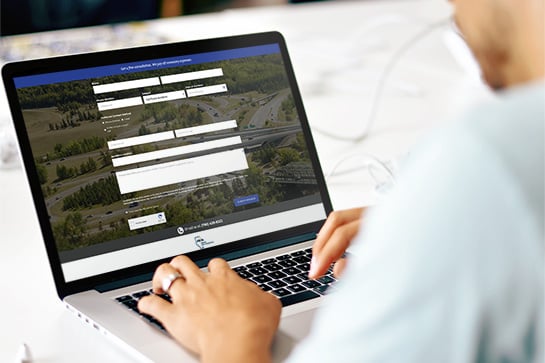Fatal Accidents: Damages and Compensation for Wrongful Death of a Loved One
Losing a loved one is devastating. This article reviews your potential legal remedies as a result of wrongful death, but we know that no amount of money can replace your loved one.
We also recognize that the first step in dealing with your loss is to obtain emotional support from your family and friends, and to access necessary counselling support to help you cope with the grieving process.
Alberta Health Services has gathered some resources that you may find helpful here and additional resources are available through CAMH Edmonton. Your family doctor may also be able to connect you with local resources. Continue reading
